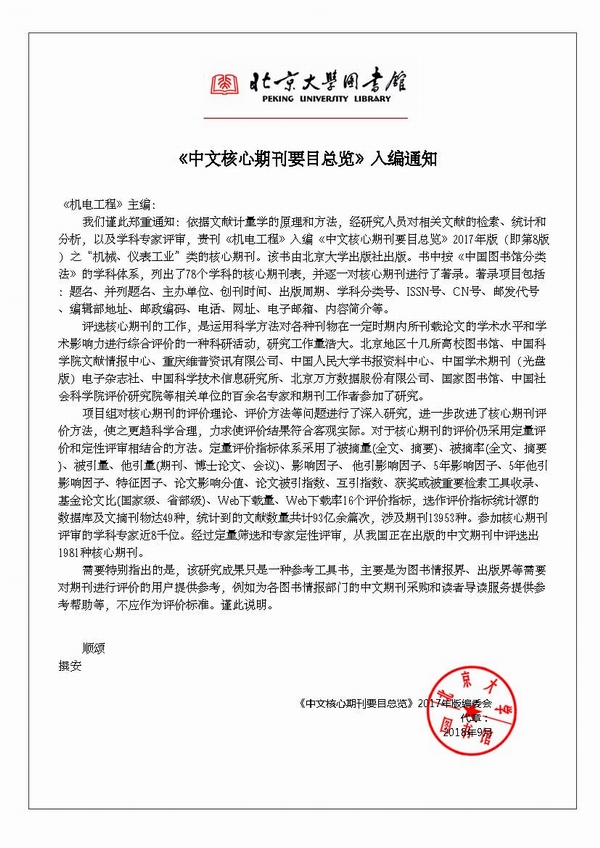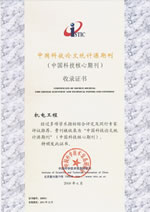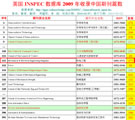
Founded in 1971 >
Chinese Sci-tech Core Periodicals >
British Science Abstracts (SA, INSPEC) Indexed Journals >
United States, Cambridge Scientific Abstract: Technology (CSA: T) Indexed Journals >
United States, Ulrich's Periodicals Directory(UPD)Indexed Journals >
United States, Cambridge Scientific Abstract: Natural Science (CSA: NS) Indexed Journals >
Poland ,Index of Copernicus(IC) Indexed Journals >
International Standard Serial Number:
ISSN 1001-4551
Sponsor:
Zhejiang University;
Zhejiang Machinery and Electrical Group
Edited by:
Editorial of Journal of Mechanical & Electrical Engineering
Chief Editor:
ZHAO Qun
Vice Chief Editor:
TANG ren-zhong,
LUO Xiang-yang
Tel:
86-571-87041360,87239525
Fax:
86-571-87239571
Add:
No.9 Gaoguannong,Daxue Road,Hangzhou,China
P.C:
310009
E-mail:
meem_contribute@163.com
Abstract: Aiming at the problem of self-locking magnetic fields and self-locking moments in the overall design of the dynamic ring structure of electromagnetic balance head, the finite element simulation analysis and experimental research on the self-locking characteristics of the moving ring of the electromagnetic balancing head were carried out. Firstly, a three-dimensional model consisting of a magnetic tooth disc, a permanent magnet and a counterweight disc was established based on the principle of self-locking of the magnetic circuit. Then, by means of Ansoft Maxwell platform and with the change of single variable, the effect of the pairs of permanent magnets on the magnitude of the air gap magnetic density and self-locking torque was analyzed. The effect of the air gap on the self-locking torque was studied. Finally, the test platform was built based on the torque sensor, LabVIEW software and hardware, and the self-locking torque air gap experiment was carried out by increasing or decreasing the number of shims. The research results show that when the number of permanent magnet pairs increases from 8 to 18, the minimum magnetic flux density in the effective working area increases by 103%. The difference between the finite element analysis results and the experimental values is within 15%, and the overall trend of the experimental values and the finite element analysis values is consistent. The self-locking torque gradually decreases with the increase of the air gap. The experimental results verify the reliability of the simulation results, and provide a basis for the overall analysis and optimization of the electromagnetic balance device.
Key words: high speed motorized spindle; balancing head device; magnetic flux density; air gap test; self-locking torque; Ansoft Maxwell








